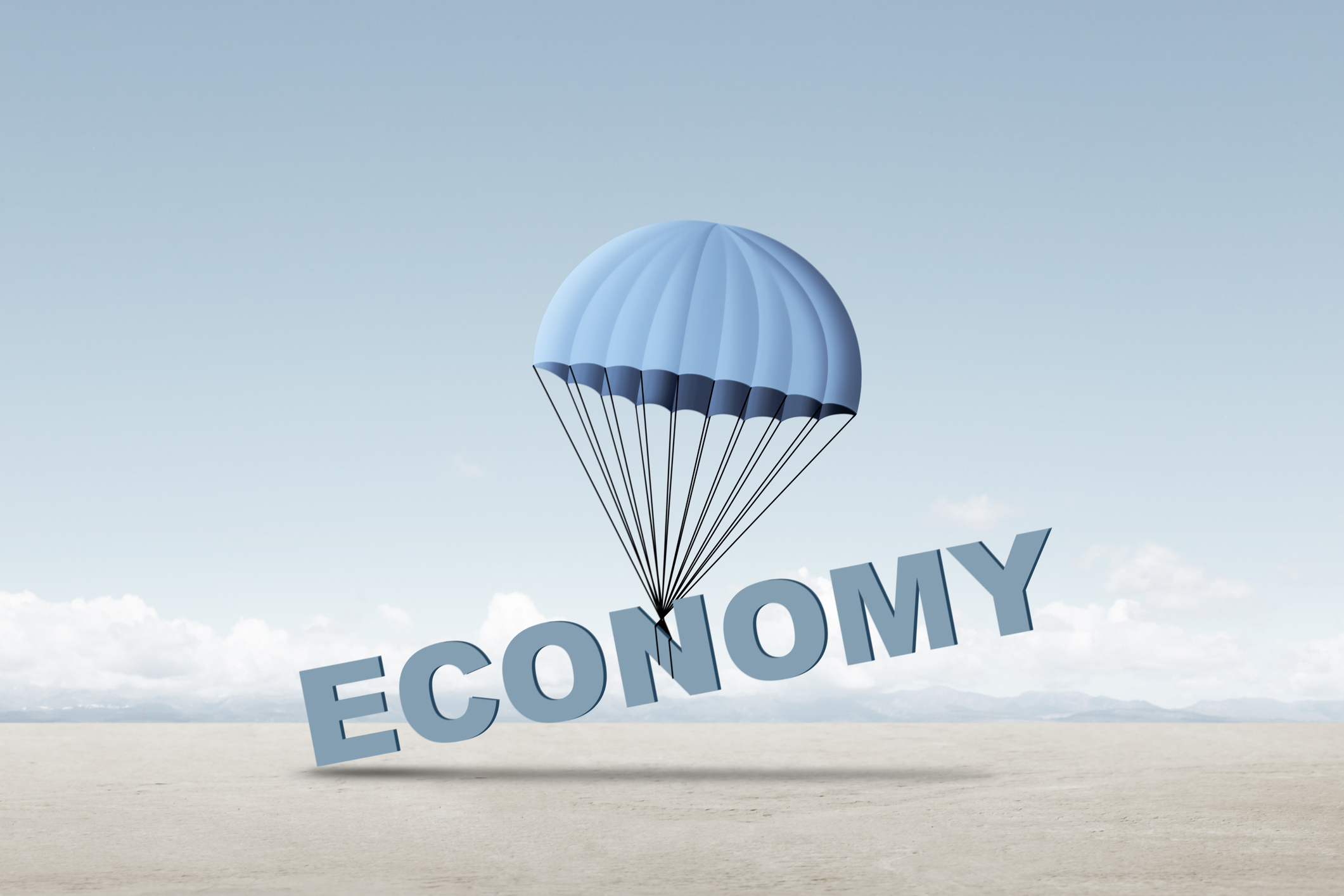
To help you understand what is going on in the economy and beyond, our highly experienced Kiplinger Letter team will keep you abreast of the latest developments and forecasts (Get a free issue of The Kiplinger Letter or subscribe). You'll get all the latest news first by subscribing, but we publish many (but not all) of our forecasts a few days afterward online. Here’s the latest...
Growth is clearly slowing after the surge caused by the rebound from the pandemic, when consumers were flush with cash and spent it on everything from travel to home remodeling jobs. Recent months have shown a decline in both hiring and in the number of job openings.
Commodity prices and bond yields have retreated, two traditional signs that investors expect economic activity to downshift. But recession seems unlikely at this point. Rather, we expect a return to normal — GDP expanding at about 2%, vs. the 3.1% level that the economy logged over the past four quarters. With the population growing slowly, and productivity not rising much faster, the economy’s potential pace of expansion over the long term is likely around 2%. We appear to be reverting to that trend line now.
Hiring is down. But it’s still strong enough to keep unemployment low and match the increase in the working-age population. August’s 142,000 jobs look underwhelming after a long run of higher monthly gains. But that’s roughly in line with prepandemic hiring trends. The unemployment rate has ticked up since April, but that reflects a rise in the number of people who have begun looking for work. Meanwhile, the average number of hours worked per week has largely held steady. And wages have risen more than we had expected, which bodes well for spending by consumers (but also weighs on employers and keeps inflation a bit higher).
None of this is to say there aren’t problems and areas of weakness. Manufacturing remains in the doldrums, with no turnaround in sight. Economic weakness overseas is bad for sales of American-made products. At home, consumers have cut back on buying goods after splurging on them during COVID-19, when many services like travel and dining were difficult or impossible to spend on.
Home and car sales are down, suffering from the combination of high prices and elevated financing rates. Houses and cars are the biggest purchases most people will make in their financial lives. When those sales suffer, lots of related sectors and workers also lose business. Coming interest rate cuts by the Federal Reserve should ease the cost of financing a home or car slightly, but that is no silver bullet. And of course, high prices still cause widespread pain. The rate of inflation is down, but after several years of swift increases, many consumers are struggling.
If the outlook does worsen, the labor market should send warning signals. Watch the government’s weekly unemployment claims. Lately, they’ve risen, but only slightly, and remain low. If layoffs pick up, then it will be time to worry.
This forecast first appeared in The Kiplinger Letter, which has been running since 1923 and is a collection of concise weekly forecasts on business and economic trends, as well as what to expect from Washington, to help you understand what’s coming up to make the most of your investments and your money. Subscribe to The Kiplinger Letter.







